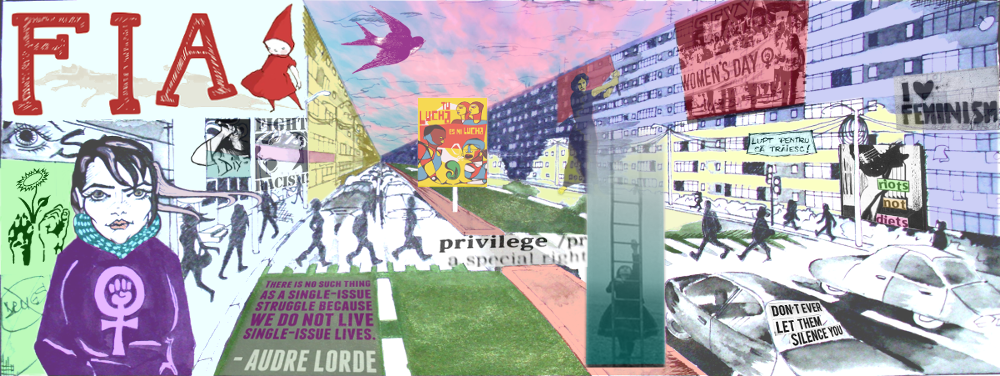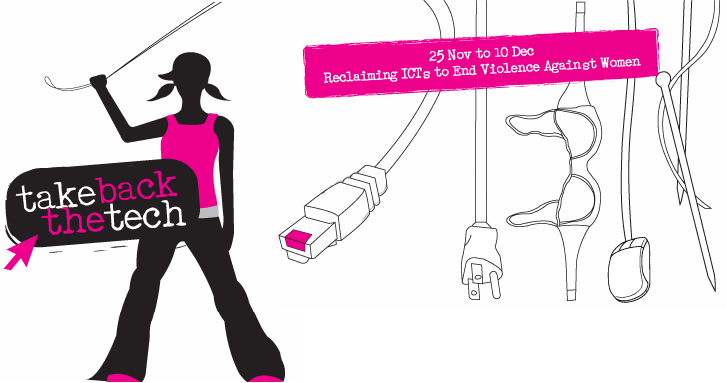niste resurse institutionale (si info in plus):
de la CPE
“Intrebari frecvente”
– glosar de termeni “de gen”:
Ce inseamna actiune afirmativa (positive action)? / De ce avem nevoie de egalitatea de sanse pentru femei si barbati? / Ce inseamna gen social (gender)? / Ce sunt stereotipurile de gen? / Ce este traficul de persoane? / De ce sunt oamenii traficati? / Reprezinta oare prostitutia singurul scop pentru care oamenii sunt traficati? / Sunt oare femeile singura categorie de persoane traficate?/ Care este diferenta intre „Femeia in dezvoltare” si „Gen si dezvoltare”? / Ce este “Gender mainstreaming”? / Ce este “Empowerment”? / La ce se refera conceptul de „Balanta de Gen”? / Ce se are in vedere prin expimarea ca o initiativa/proiect/activitate este „Gender-Ignoranta”? / In ce consta conceptul de „Egalitate de Gen”? / In ce consta conceptul de “Echitate de Gen”? / Ce se are in vedere prin „Dezvoltarea Capacitatilor”? / Ce defineste conceptul „Sensibil din punct de vedere Gender”? / La ce se refera „Relatiile de Gender” / Ce este “Leadership”? / Ce inseamna violenta impotriva femeii? / Care sunt tipurile de violenta impotriva femeii? / Ce este violenta domestica? / Cine sunt victimele violentei domestice? / Ce este abuzul?
(alte definitii in glosarul lf-ro: Actiune afirmativa / Analiza din perspectiva (egalitatii) de gen / Androcentrism / Autoritate / Barbati homosexuali (barbati gay / faggot / fags) / Capitalism de consum / Coming out /coming out of the closet / Comodificare (sau obiectificare) / Constructie sociala / Cultura violului (rape culture) / Deconstruire / Determinism biologic / Diferenta / Discriminare / Dubla constrangere / Dublu standard / Dyke / Epistemologie / Esentialism / Feminism / Feminism: valuri / Feminism: tipuri / Gay / Gen / Gender mainstreaming / Genderqueer / Globalizare / Heteronormativitate / Heterosexismul / Homofobia / Identitate sexuala (sexual identity) / Ideologie dominanta / Ierarhie / (In)egalitate de gen / Institutie / Intersexual / Justitie sociala / Lesbiene (femei homosexuale / femei gay / dykes) / Lesbiana versus Feminitate / LGBT / Lumea a treia / Mainstream / Marginalizare / Misandrie / Misoginie / Opresiune / Opresiuni intrepatrunse (interlocking/intersecting oppressions) / Patriarhat, / Praxis / Privilegiu / Putere / Queer / Riot Grrrl / Sex / Sexism / Sexualitate / Sex worker / Studii de gen / Tokenism / Violenta sistemica / Transgender / Transsexual / Travestiti / Womanism)
de la ANES
“Violenta de gen”
– definitia problemei si oficial despre legea 217/2003
(o colectie de info privind problemele cu implementarea legii aici)
tot de la ANES, o stire recenta
– Raportul “Discriminare multipla in Romania” (de Cristina Mocanu de la Institutul National de Cercetare Stiintifica in Domeniul Muncii si Protectiei Sociale/Laura Grunberg de la AnA SAF) a fost finalizat si lansat
informatii transmise de c.
h. da detalii despre concluziile raportului pe discriminare multipla aici



